03-树3 Tree Traversals Again (c++递归实现)
题目
An inorder binary tree traversal can be implemented in a non-recursive way with a stack. For example, suppose that when a 6-node binary tree (with the keys numbered from 1 to 6) is traversed, the stack operations are: push(1); push(2); push(3); pop(); pop(); push(4); pop(); pop(); push(5); push(6); pop(); pop(). Then a unique binary tree (shown in Figure 1) can be generated from this sequence of operations. Your task is to give the postorder traversal sequence of this tree.
Input Specification:
Each input file contains one test case. For each case, the first line contains a positive integer N (≤30) which is the total number of nodes in a tree (and hence the nodes are numbered from 1 to N). Then 2N lines follow, each describes a stack operation in the format: “Push X” where X is the index of the node being pushed onto the stack; or “Pop” meaning to pop one node from the stack.
Output Specification:
For each test case, print the postorder traversal sequence of the corresponding tree in one line. A solution is guaranteed to exist. All the numbers must be separated by exactly one space, and there must be no extra space at the end of the line.
Sample Input:
6
Push 1
Push 2
Push 3
Pop
Pop
Push 4
Pop
Pop
Push 5
Push 6
Pop
Pop
Sample Output:
3 4 2 6 5 1
题意理解
push的顺序为先序遍历
pop的顺序为中序遍历
按照后序遍历输出
代码
#include<cstdio>#include<stack>#include<string>#include<iostream>using namespace std;const int maxn=30;int pre[maxn],in[maxn],post[maxn]; // 分别代表前序,中序,后序遍历数组//PreL 前序遍历数组的位置//inL 中序遍历数组的位置//postL 后序遍历数组的位置void solve(int PreL, int inL, int postL, int n){if(n==0) return;if(n==1){post[postL]=pre[PreL];return;}int i;int root=pre[PreL]; //前序遍历数组的第PreL个数就是根结点post[postL+n-1]=root; //root是后序遍历数组的第postL+n-1个数for(i=0;i<n;i++){if(in[inL+i]==root) break; //在中序遍历数组中找到root,记录root所在位置i}int L=i,R=n-i-1; //root左边的是左子树,右边的是右子树solve(PreL+1,inL,postL,L); //递归解决左子树solve(PreL+1+L,inL+L+1,postL+L,R); //递归解决右子树}int main(){int n,num,i=0,j=0;scanf("%d",&n); //输入一个整数string s;stack<int> st;for(int z=0;z<2*n;z++){ //读入2n行,构建前序遍历和中序遍历的数组cin>>s; //读入字符串判断入栈或出栈if(s=="Push"){ //入栈scanf("%d\n",&num); //输入要入栈的数字numst.push(num); //num入栈pre[i++]=num; //把num放入前序遍历数组}else{ //出栈num=st.top(); //取出栈顶赋给numst.pop(); //出栈in[j++]=num; //num赋给中序遍历数组}}solve(0,0,0,n); //通过前序遍历和中序遍历求二叉树的后序遍历for(i=0;i<n;i++){printf("%d",post[i]);if(i!=n-1) printf(" ");}return 0;}
参考了这篇文章里的图 添加链接描述,画的很清晰。
一开始找出根节点:
递归解决左右子树: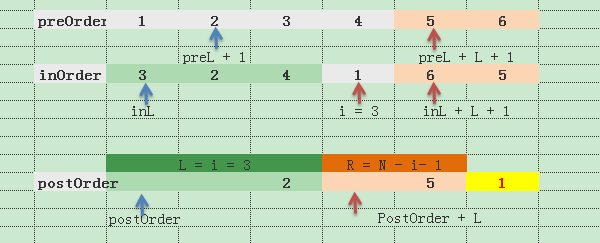
提交结果
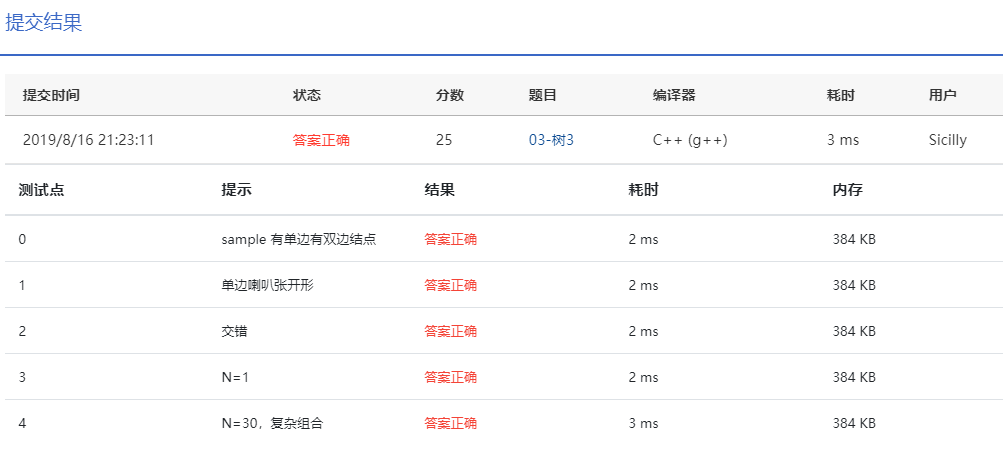



























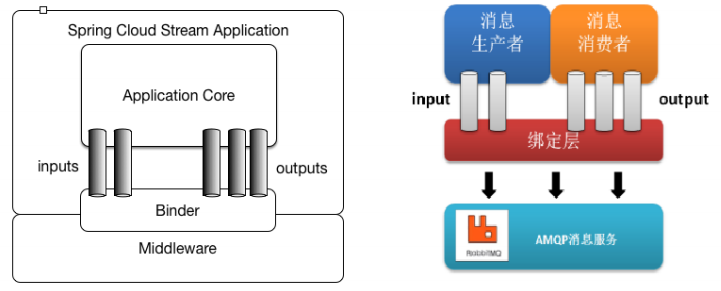
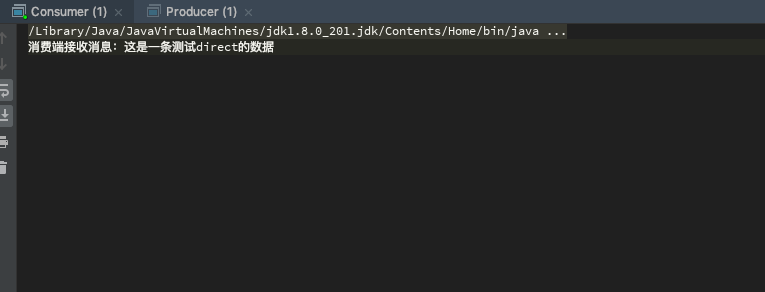
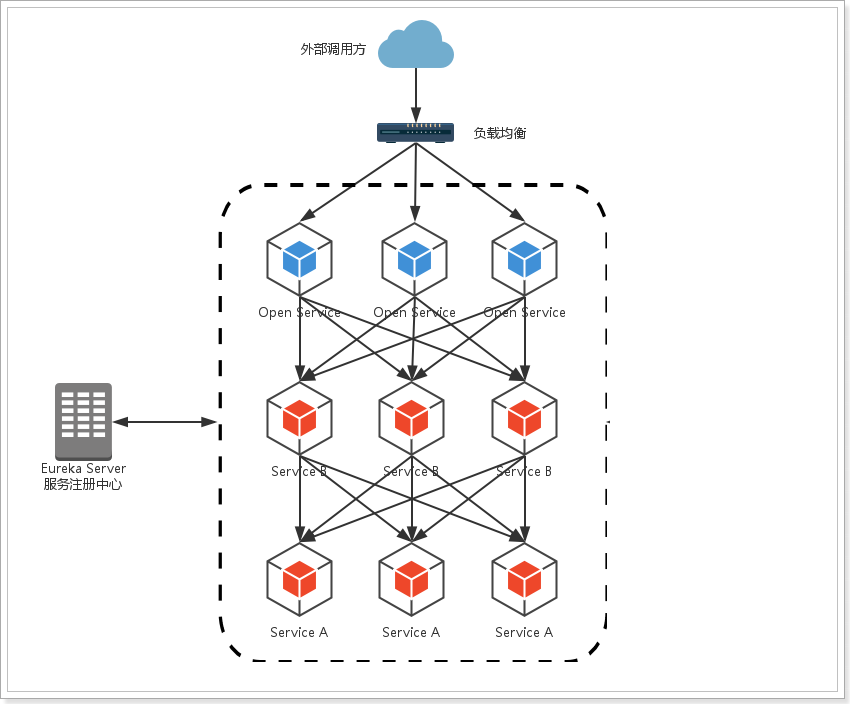





还没有评论,来说两句吧...